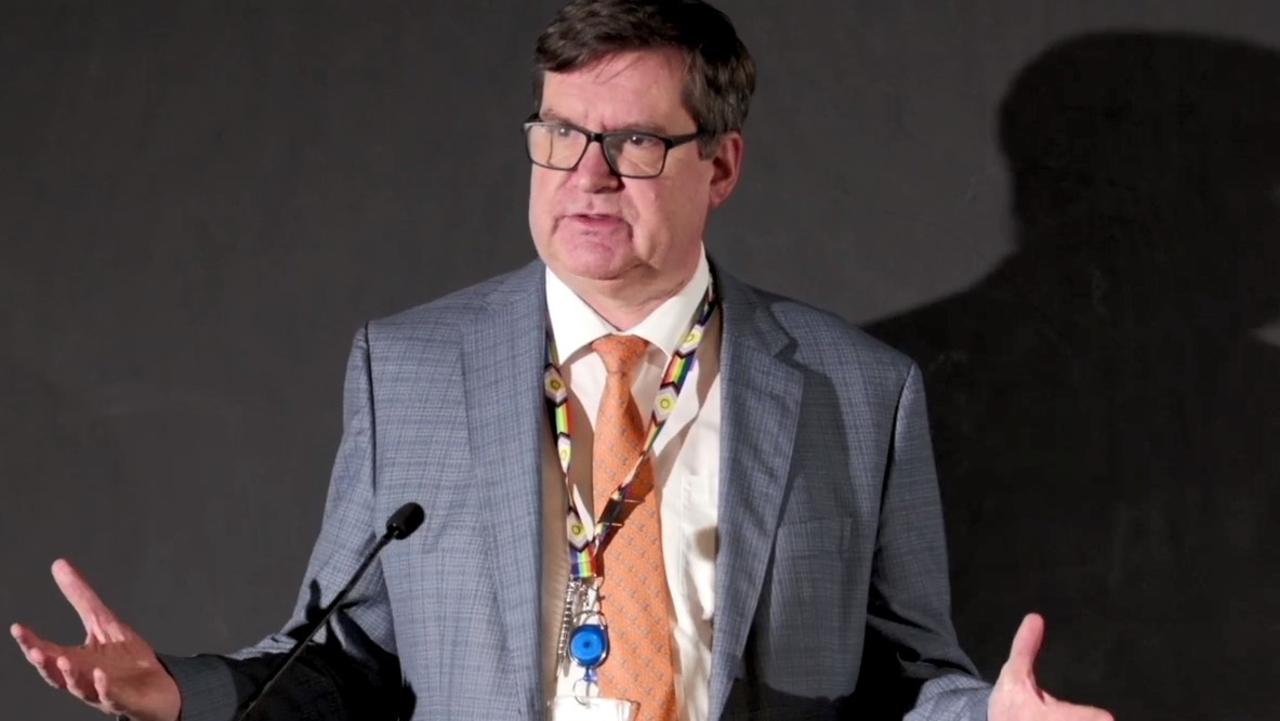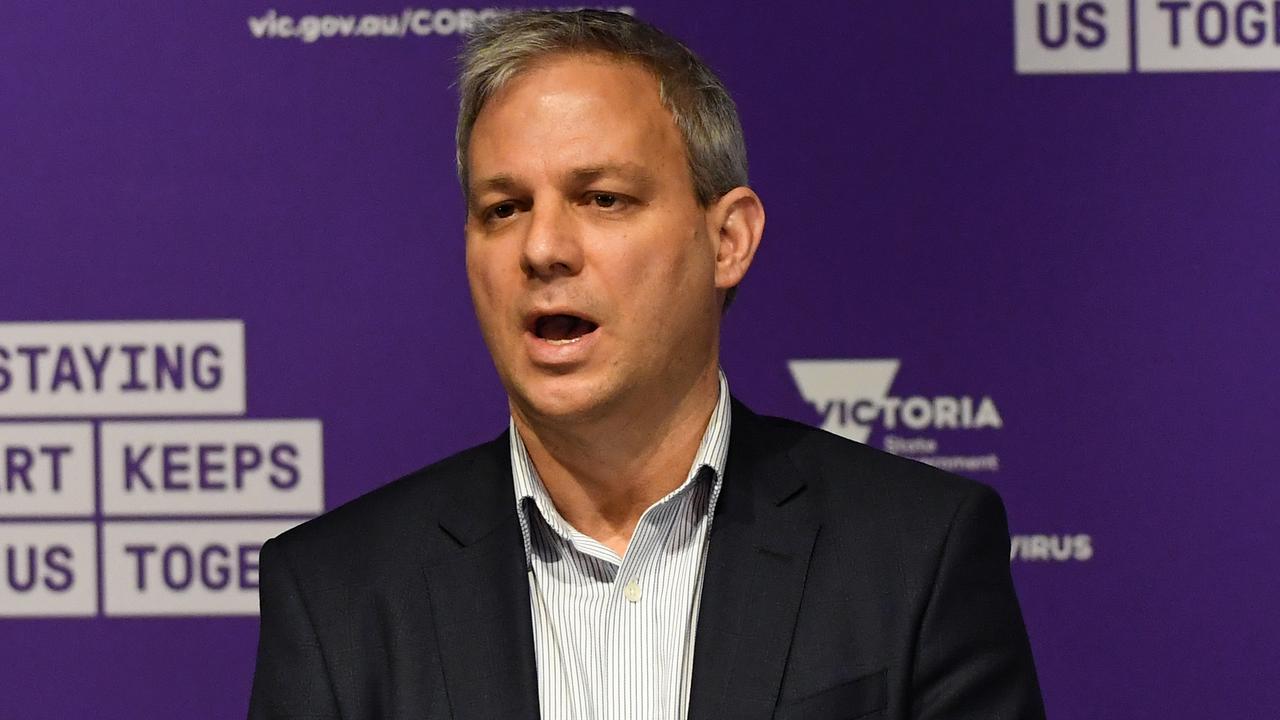Omicron peak expected in Victoria by end of month, experts say
The Omicron wave might be nearing its peak— but experts say there’s no guarantee infections will fall away as rapidly as seen elsewhere.

Coronavirus
Don't miss out on the headlines from Coronavirus. Followed categories will be added to My News.
Victoria’s Covid case numbers are likely to peak before the end of the month, although some experts caution the nation should not assume Omicron infections will fall away as rapidly as seen elsewhere.
Health Minister Martin Foley this week said he expects case numbers to peak in late January or early February, although a number of epidemiologists interviewed by the Herald Sun said all signs point to the peak coming by the end of the month.
They have warned, however, that cases may not dive rapidly – a feature of the original Omicron wave in South Africa – or that it will mean the end of the Delta strain which is believed to be more deadly.
Monash University head of epidemiology modelling James Trauer said he expected to see case numbers in New South Wales and Victoria peak in late January, and hospitalisations and deaths one to two weeks later.
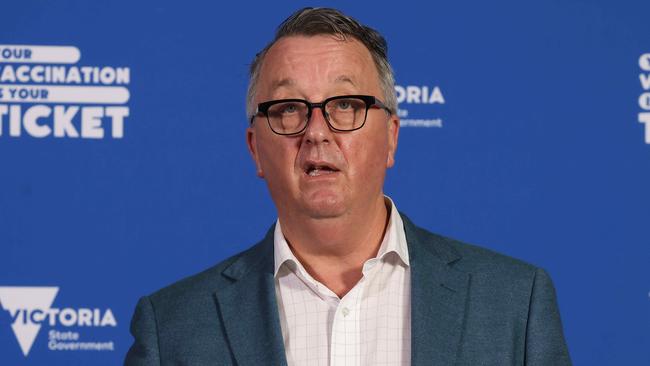
“I think we will probably see case numbers peak in January, although hospitalisations and deaths may spill into February,” Professor Trauer said.
Omicron was first reported by South Africa on November 24.
It tore through the African nation but peaked around mid December with 27,000 daily cases.
Case numbers then dropped by close to 30 per cent in a week.
The first Omicron case was reported in the UK on November 27.
Cases surged in that nation through December and into the New Year, but there are growing signs the tide has turned and many experts believe London is past its peak.
So will Australia experience a similar sharp but short Covid curve?
Professor Trauer cautioned against automatically making that assumption, saying the situation here was different in a number of potentially significant ways.
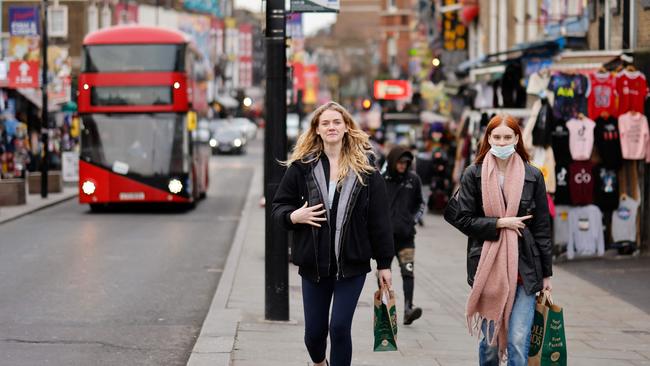
“In South Africa, they have much lower vaccine-related immunity but they have had a lot more natural infections, so we can’t extrapolate what has happened there to our situation all that well,” he said.
“In terms of UK and Europe, Australia generally has a higher vaccination rate among young people but much lower natural exposure to the virus so it’s not clear how those two things will play out.”
Despite the nation facing a tough couple of weeks ahead, Professor Trauer said the longer-term outlook was promising.
“I’m quite positive about where we will be heading in a month or two from now – if Omicron becomes the dominate strain it will rapidly become endemic and become a much more minor issue,” he said.
“If we can do everything we can for a few more weeks, we should be pretty well placed for the rest of 2022 and beyond.”
University of Sydney infectious diseases expert Robert Booy likewise expects the latest Covid wave to peak by the end of the month rather than last into February, while hospitalisations will lag by a fortnight.
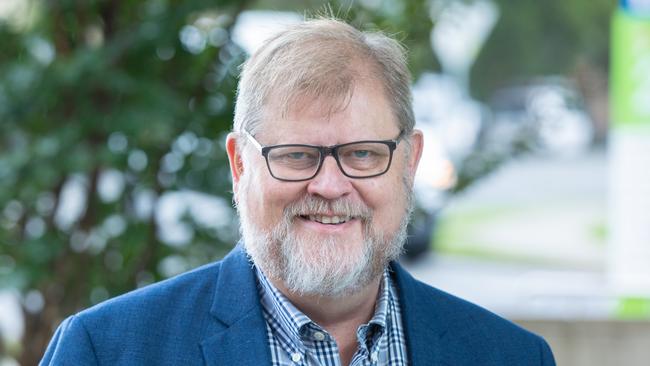
“We have learnt a lot from both African and Northern Europe,” he said.
“The experience there suggests it (Omicron) peaks four to six weeks after arriving which is dramatically fast.
“New South Wales will be at the front of the queue to peak in the next couple of weeks and Melbourne and Victoria by the end of January. Queensland and South Australia should see their peaks in early February.”
Professor Booy was more confident Omicron would fall away rapidly, saying that was increasingly the experience internationally.
“It is undoubtedly going to peak very, very fast and I think it decline almost as fast,” he said.
Deakin University epidemiologist Catherine Bennett said the wave of Omicron cases should begin to settle in a couple of weeks.
“With Omicron, we’re all fresh again in terms of immunity, so it should burn out a bit faster than other waves we have seen, even without the restrictions we had,” she said.
“We’ve had so many of our 20-somethings infected, they’ve been the core group driving infection because of the combined work-mixing and social-mixing in the age group.
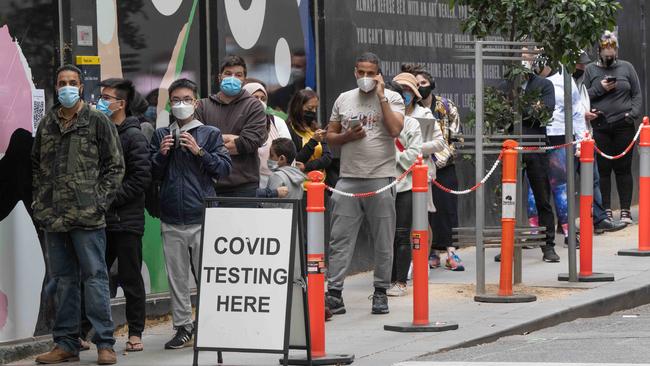
“As more of them get Omicron, and we get more booster doses to these 20-somethings at the end of the month, it will make a big difference... things should settle a bit.”
Professor Bennett said Australia would experience a “flatter curve than South Africa” because the outbreaks have been staggered and across more regions.
“It’s moving through different regions in different ways – in South Africa it took off straight away in their two capital cities, Johannesburg and Pretoria, but here it’s started in New South Wales and has now spread to three capital cities and the ACT as well,” she said.
“It will level out in Newcastle and Sydney first and then we’ll gradually see it settle elsewhere ... it will be a flatter curve.”
But she warned the Delta variant may still pose a threat once the Omicron wave had finished.
“It may be that the dust settles from Omicron and we find out that Delta is still around at the same levels, or even more than previously,” she said.
“Delta could still be putting people in hospital in the same numbers, it could be a while before we see it fall away.”



